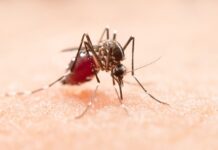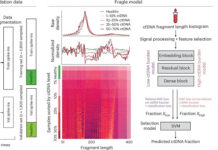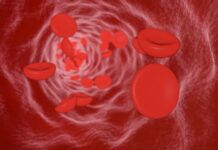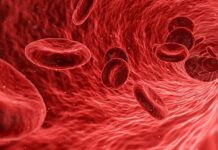For nearly three decades, no new class of antibiotics has entered the market. However, that could soon change, thanks to a groundbreaking discovery by researchers at McMaster University.
A Powerful New Antibiotic Candidate
A research team led by Gerry Wright has identified a promising molecule called lariocidin that could effectively fight even the most drug-resistant bacteria. The study, published in Nature on March 26, 2025, highlights lariocidin’s potential to address the global antimicrobial resistance (AMR) crisis.
The Urgent Need for New Antibiotics
Bacteria continue to evolve, finding new ways to resist existing drugs. This phenomenon, known as antimicrobial resistance (AMR), poses a major public health threat, according to the World Health Organization.
“Our old drugs are losing effectiveness as bacteria become increasingly resistant,” explains Wright, a professor in McMaster’s Department of Biochemistry and Biomedical Sciences. “Every year, 4.5 million people die from antibiotic-resistant infections, and the problem is only worsening.”
How Lariocidin Works Differently
Lariocidin, a lasso peptide, works in a completely new way compared to existing antibiotics. Instead of targeting bacteria using traditional methods, it binds directly to their protein synthesis machinery, blocking their ability to grow and survive.
“This is a brand-new molecule with a unique mode of action,” Wright says. “It represents a huge leap forward for antibiotic research.”
Discovered in a Backyard Soil Sample
Surprisingly, the research team found lariocidin in Paenibacillus, a type of bacteria retrieved from a Hamilton backyard soil sample. They allowed the soil bacteria to grow in the lab for a year, a method that helped uncover even slow-growing species that might have been overlooked.
During this process, they discovered that Paenibacillus was producing a powerful antibacterial substance, highly effective against drug-resistant bacteria.
“When we figured out how this molecule kills bacteria, it was a breakthrough moment,” says Manoj Jangra, a postdoctoral fellow in Wright’s lab.
A Promising Drug Candidate
Lariocidin checks many key boxes for drug development. It is:
- Non-toxic to human cells
- Effective against drug-resistant bacteria
- Not vulnerable to existing antibiotic resistance mechanisms
- Successful in animal infection models
These characteristics make it a strong candidate for further development.
The Next Steps: From Discovery to Market
As reported by phys.org, Wright’s team is now modifying lariocidin to enhance its effectiveness and producing it in larger quantities for clinical trials. However, this process requires significant time and resources.
“Bacteria don’t make new drugs for us,” Wright explains. “We now have to break this molecule apart and rebuild it to create an even better drug.”
Although the initial discovery was an exciting milestone, Wright emphasizes that the real challenge begins now. His team remains focused on turning lariocidin into a market-ready antibiotic—a breakthrough that could help save millions of lives.
























